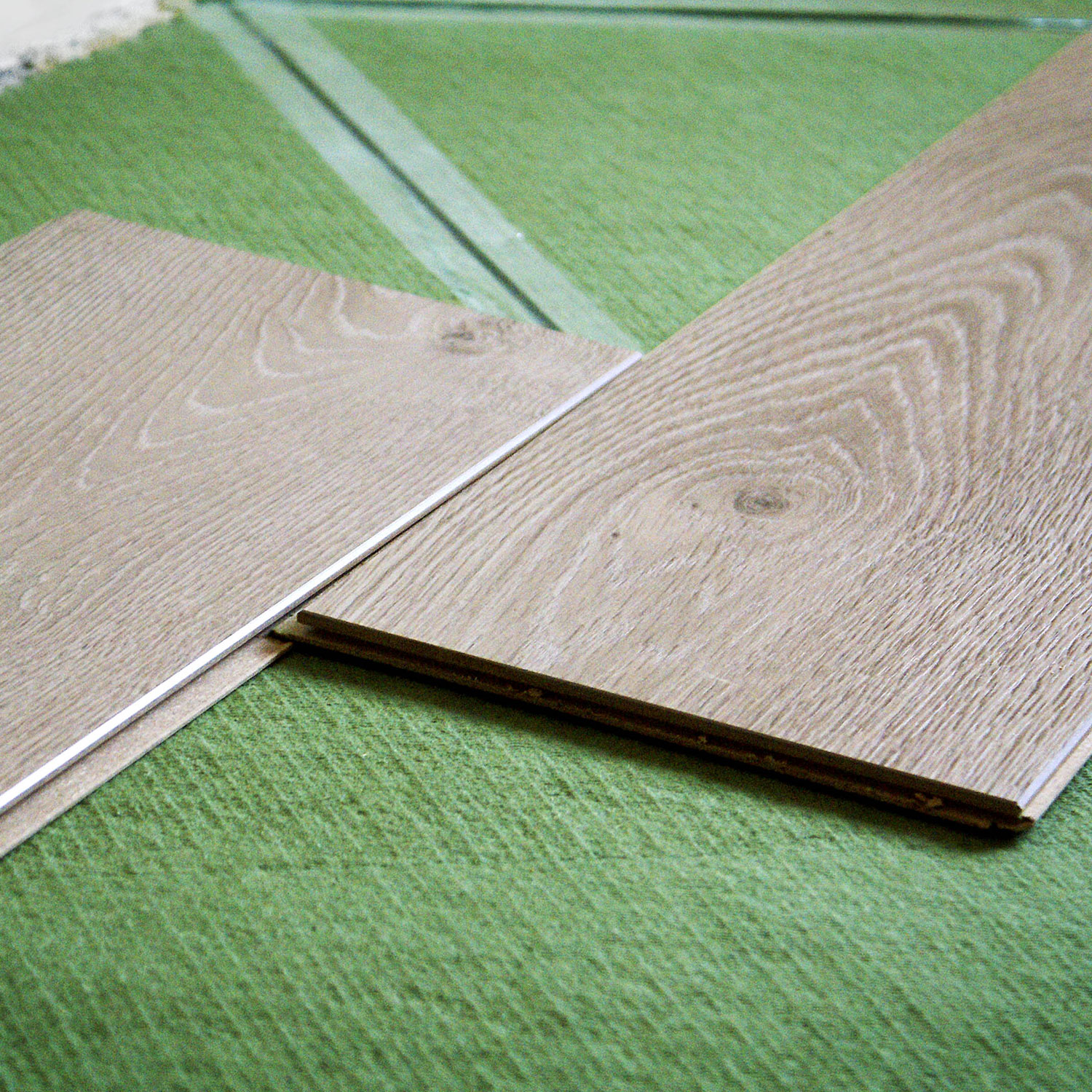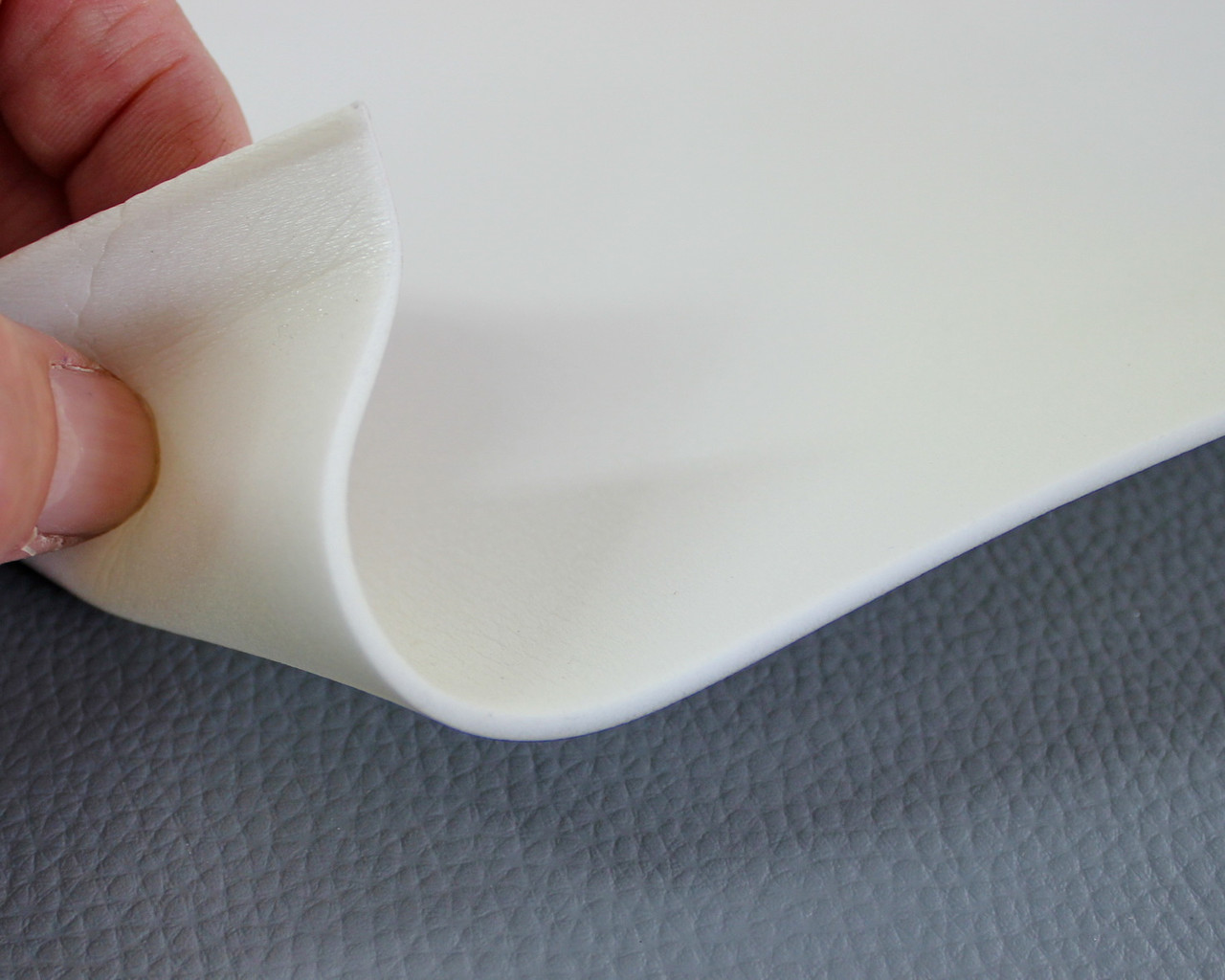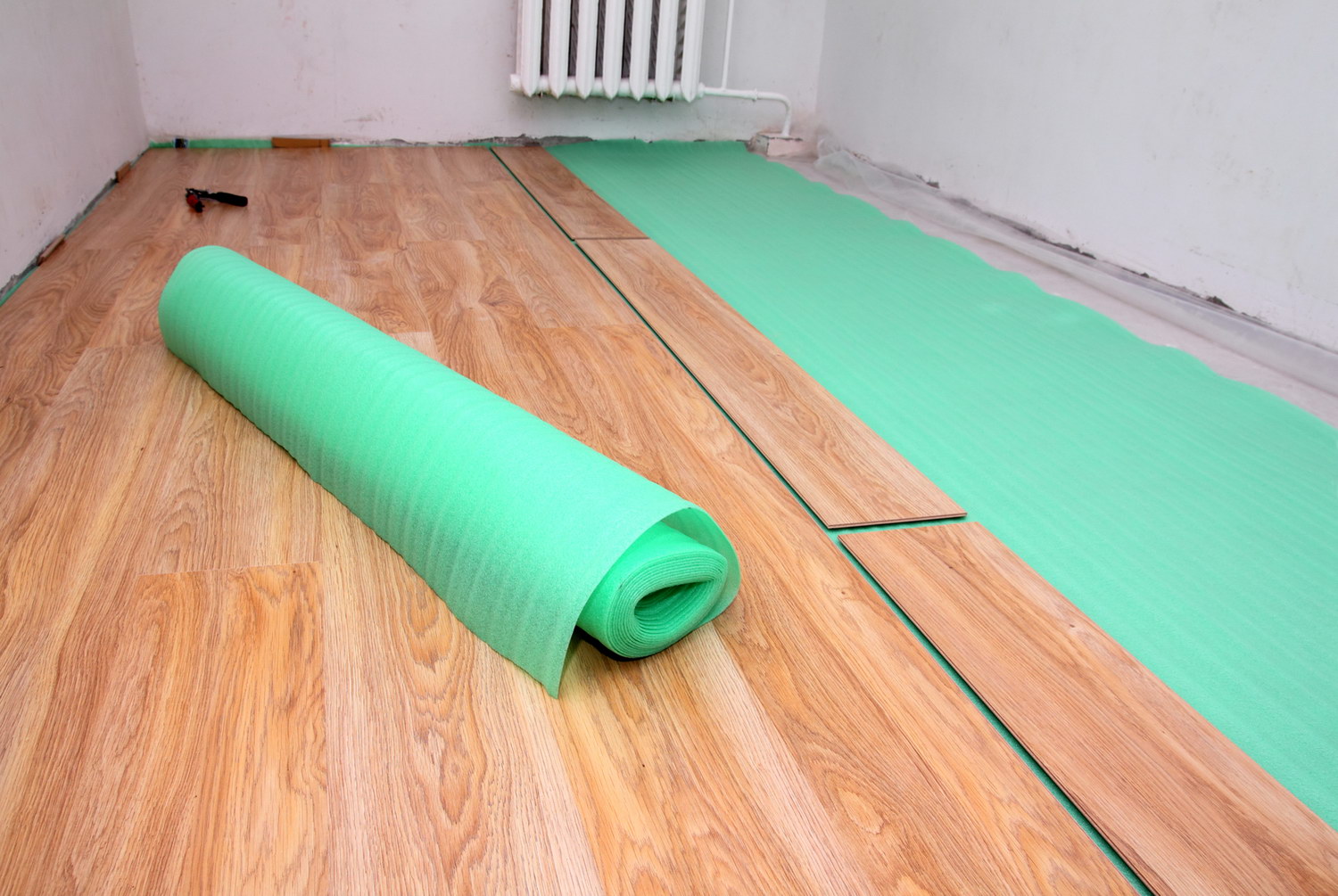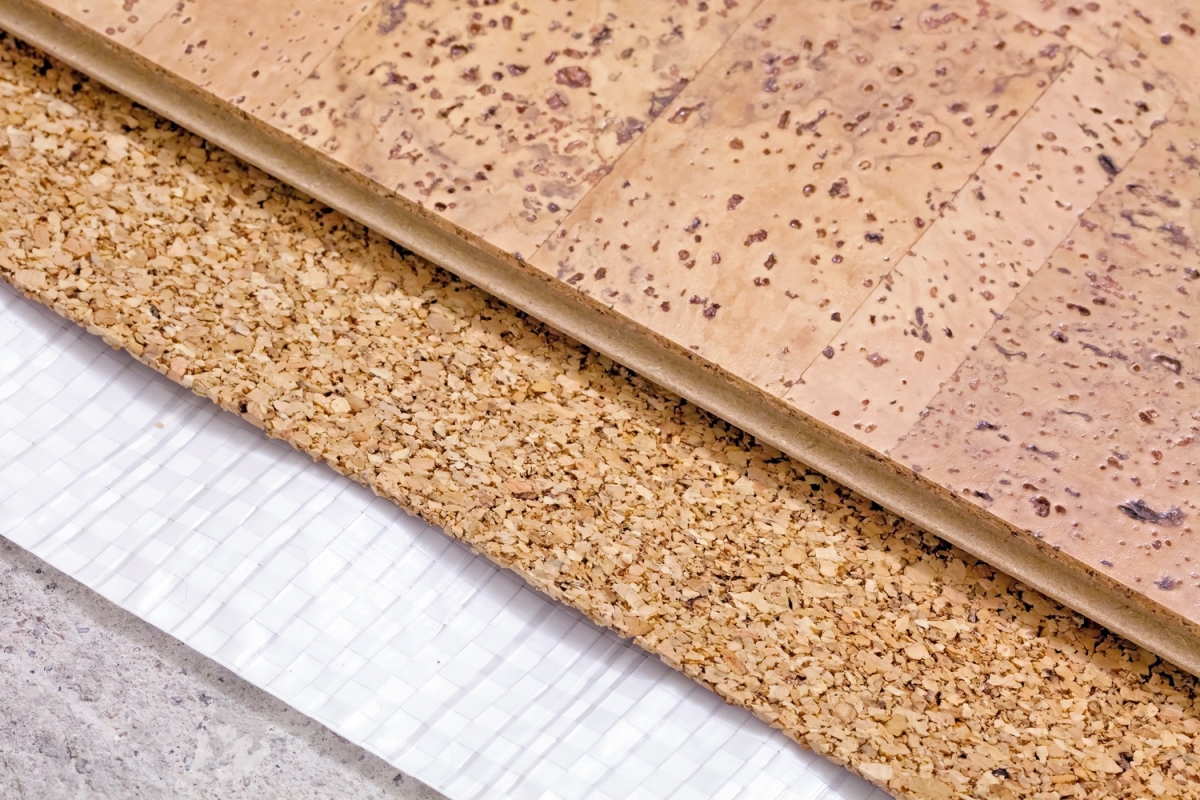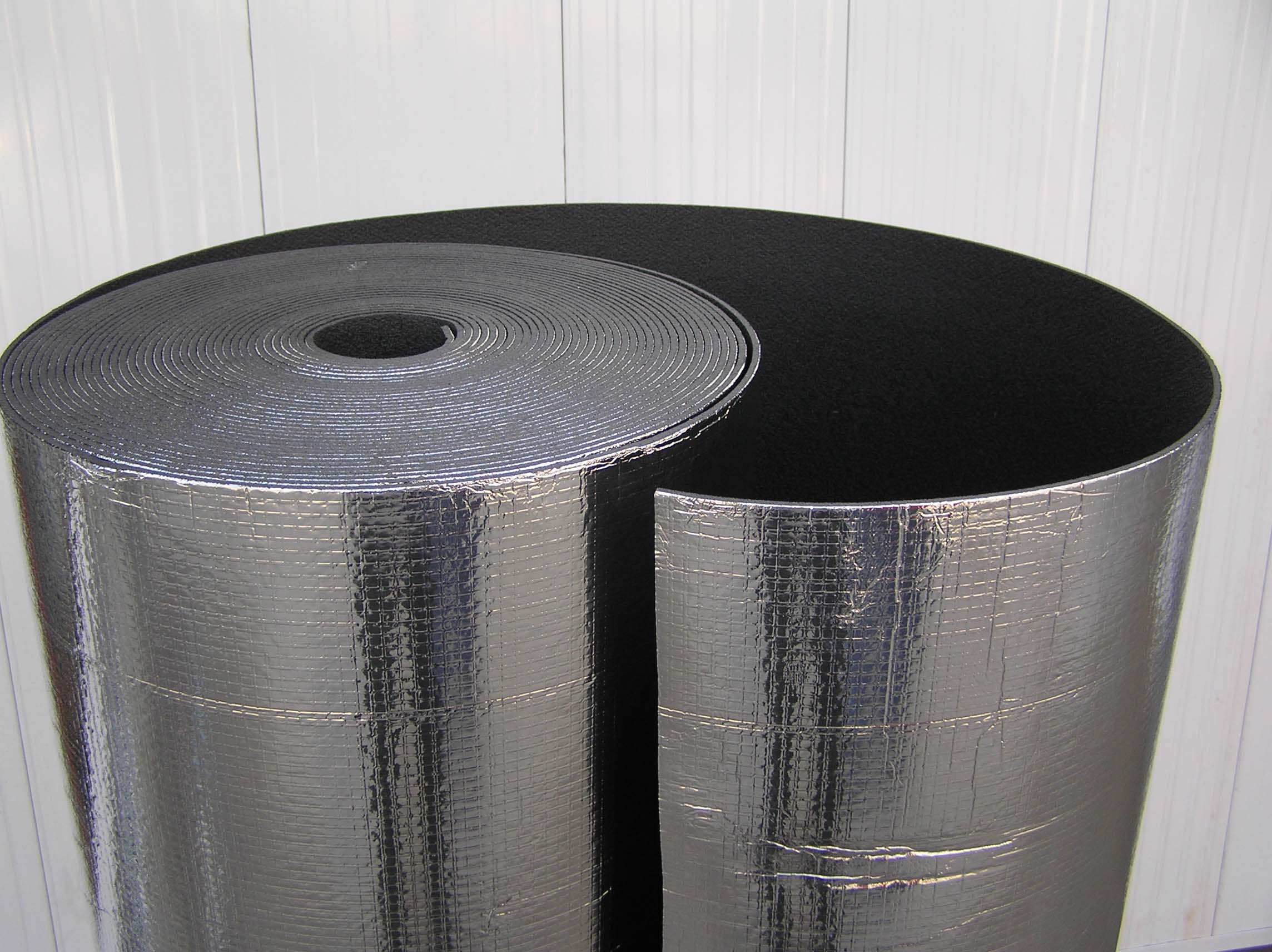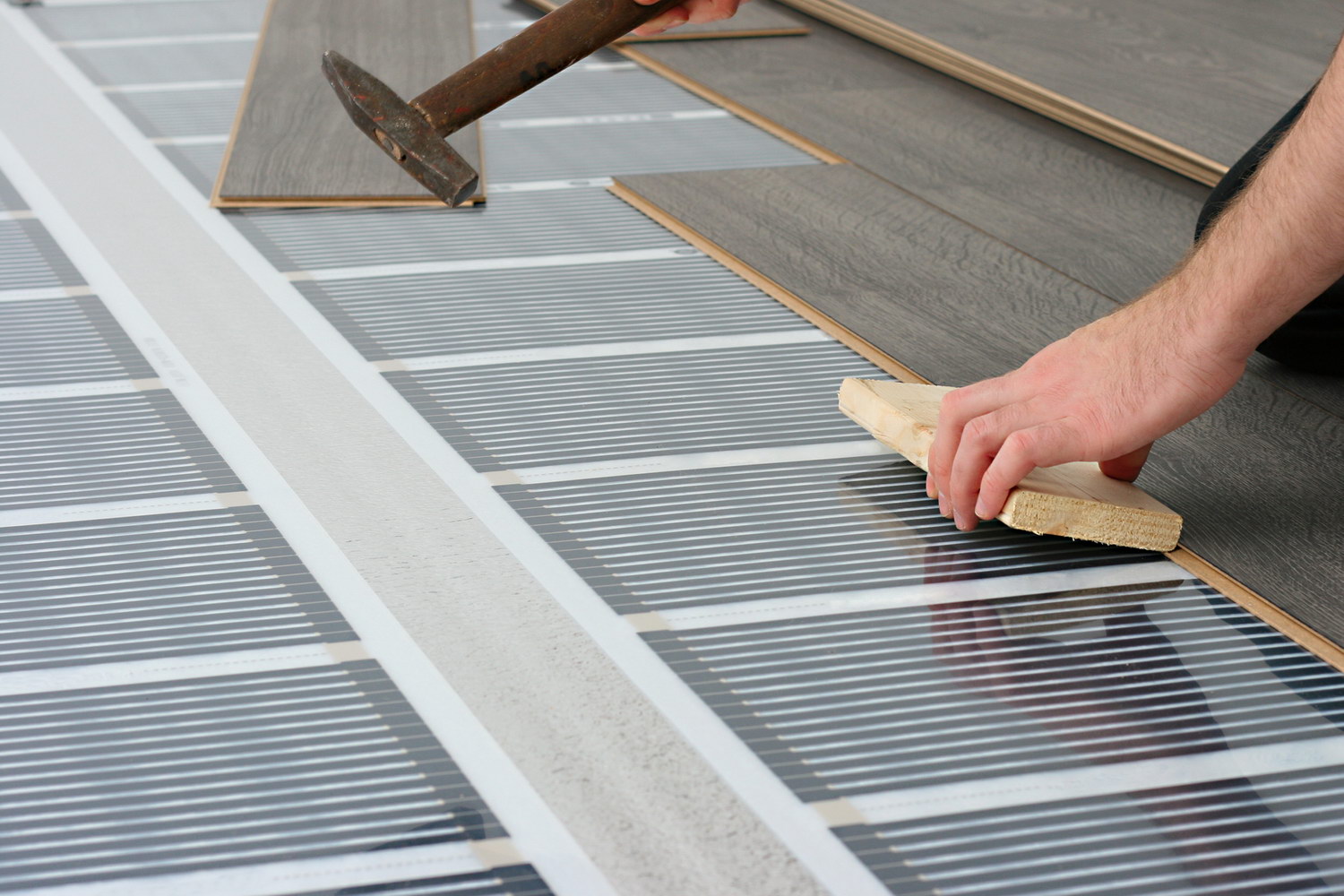Laminate flooring: how to choose the right base
Content
- 1 Why do you need a substrate for a laminate: basic characteristics
- 2 Laminate flooring: general descriptions of types
- 3 Natural substrates
- 4 Synthetic materials
- 5 What substrate to choose under the laminate?
- 6 Underfloor heating
- 7 How to lay the substrate under the laminate?
- 8 Laminate sheet backing
- 9 Roll material
Floor covering is an important element of the room’s interior and comfortable movement around the apartment. Laminate deservedly occupies a leading position in the ranking of floor coverings. This easy-to-maintain material stands out with a large selection of shades, textures.
The high-quality laying of laminated panels largely depends on the choice of substrate, the condition of the subfloor, because sometimes even a fresh subfloor is not suitable for laying the flooring, because when performing the screed, some differences in the base may remain that are not acceptable when laying the laminate. It is the substrate that helps to create a perfectly smooth surface in the room.
General requirements for the bases for laying the laminate - a flat surface with deviations in height of less than 2 mm in an area of 2 sq.m.
The leveling substrate for the laminate is the material necessary to create the perfect preparatory coating.
Why do you need a substrate for a laminate: basic characteristics
- alignment - smoothes out non-critical unevenness of the base, which extends the service life of the main coating - laminate; the thickness of the substrate for the laminate is determined by the type of material;
- soundproof - as sound absorption during movement. Noise can be divided into two types: reflected (heard in the room when walking), passing (reaches the neighbors from below);
- heat-insulating - helps to keep warm in the room (it is especially important if there are unheated cellars, garages, warehouses under the room);
- moisture absorption.
Laminate flooring: general descriptions of types
Before choosing a substrate for a laminate, you need to familiarize yourself with the characteristics of the materials. Various types of underlay under the laminate will please both lovers of natural materials and fans of modern technology.
Natural substrates
Cork (bark of cork tree in compressed form) is produced in sheets (610X915 mm), rolls (width 1 m, length 10/15 m). Main advantages: high density, low thermal conductivity, resistance to deformation, excellent sound insulation and vibration absorption. Disadvantages: can not be laid in rooms with warm floors and high humidity. It is recommended to lay it on a flat base / plywood or on a wooden floor.
Cork substrate (kraft paper impregnated with natural bitumen and sprinkled with cork chips). It is made in rolls. Advantages: excellent sound and heat insulation. Distinctive features: cork crumb prolongs the service life of the main coating, and bituminous impregnation protects the laminate from moisture from the side of the concrete coating. It is not recommended to lay in rooms with underfloor heating.
Coniferous underlay under the laminate - wood fiber sheets / boards. Advantages: free air circulation is maintained, excellent thermal insulation, “shock noise” is effectively suppressed, roughness of the subfloor is smoothed to 4 mm. The appearance of mold, fungi is prevented by antiseptic impregnation.
Synthetic materials
What are the main qualities that make these coatings very popular? Low cost and excellent performance.
Polystyrene film
The coating is made in the form of sheets with a rigid structure. Advantages: good heat and sound insulation, shape retention for a long period, excellent waterproofing (thanks to waterproof pores).
Polyethylene substrates
Duplex is a relatively new material. A distinctive feature - polystyrene granules are placed between the layers of polyethylene. Advantages - significantly reduces “shock” noise, promotes the natural withdrawal of moisture (in the absence of a waterproofing film).
Isolon is a finely porous polyethylene foam characterized by low thermal conductivity, good sound insulation, and resistance to high humidity. Ideal for residential and public spaces thanks to affordable prices. Issued in sheets.
What substrate to choose under the laminate?
The main task of any substrate is to prevent the deformation of the laminate. Coating substrates slip when pressed and thus fulfill their purpose. The correct choice of a substrate for a laminate is determined by the thickness, type of laminate, strength of the substrate material, floor curvature, price.
For a laminate up to 7 mm thick, a 2 mm substrate is selected, and a 3 mm coating is laid under a laminate of 8-9 mm. Ideally, it is better to follow the wishes of the laminate manufacturers, since for some types of coating it is recommended to use a thick 4-5 mm substrate.
The emergence of new types of laminate raises questions on the subject - to lay / not to lay the substrate. A fashionable novelty - vinyl laminate - is available in two types: adhesive and castle. A material with a self-adhesive base does not need a substrate. The underlay for the vinyl laminate with locks is uniquely stacked. Otherwise, during operation on a hard floor, the coating will break at the joints.
Low-cost coatings, designed for 7-10 years, are perfectly exploited with polyethylene substrates. For more expensive material, it is advisable to lay a cork or polystyrene foam, especially for rooms with increased loads.
Natural coatings are suitable for new and even screeds. On concrete floors with minor flaws, synthetic substrates with a thickness of 3 mm have proven themselves perfectly.
Naturally, in the issue of value, each owner makes a decision based on his own financial capabilities.
Underfloor heating
Underfloor heating today is difficult to surprise anyone. Moreover, various types of heating elements make it possible to mount this system for any coatings.
The underlay for the laminate for the underfloor heating is selected from polypropylene / polyethylene with a metallized side. For water / electric heat, a polystyrene foam backing is used.
Thermal conductivity is the main characteristic of the film (therefore, it is made with perforation and thin - 1.6 mm).
What should be the substrate for the infrared (film system) system? Manufacturers recommend fiberboard sheets or polymer metallized film. The substrates are laid directly on the screed with the reflecting side up and help to keep the heat, evenly distribute it.
How to lay the substrate under the laminate?
Assessment of the condition of the "rough" floor is the most important stage of the preparatory work for the installation of flooring.
The base must be flat and free of debris and dust. If there are serious irregularities, use a self-leveling mixture or make a new screed. Wooden floors are lined with sheets of plywood, which are fastened with screws.
It is desirable to insulate concrete screeds with plastic wrap. Such a measure will prevent the penetration of moisture from concrete, especially if there are basements below.
Laminate sheet backing
To properly lay the coating does not require special skills and tools. You will need a knife, a ruler, adhesive tape (painting or clerical). Laying a laminate on a concrete floor with a cork substrate requires additional insulation (polyethylene layer). A similar measure in the future will keep the flooring from moisture.
A prerequisite for a quality floor is that the joints of the sheets of the substrate and the seams between the lamellas do not coincide. For this, the direction of the location of the lamellas is determined, and the sheets of the substrate are laid in compliance with an angle of 45 °.
They start with a whole sheet from the corner and, moving to the opposite corner, gently cover the entire surface of the room. Moreover, the sheets are laid with a slight offset (the pattern “checkerboard” is not repeated). When the floor under the laminate is completely covered with whole elements, they begin to cover empty spaces with clippings.
The sheets are laid end-to-end and the joints are fixed with tape. This gives the coating integrity and prevents the sheets from moving.
Along the perimeter of the room, 10 mm gaps are left at the borders with the walls to ensure a natural exit of moisture.
Roll material
Laying the substrate under the laminate is carried out in compliance with the alternation of directions of coatings. Otherwise, there is a chance that the lines of the laminate locks and the joints of the substrate coincide, which in the future will lead to creaking and crunching of the floor covering.
As when laying sheet parts, when using cork coatings, an additional polyethylene film is laid.
The first row of synthetic backing rolls with a small margin, overlapping the walls. It is important not to forget about the direction - perpendicular to the stripes of the laminate.
The following rows lay straight butt. Sheets are fastened with adhesive tape.
For proper laying of the substrate does not require special knowledge and special skills. Properly laid floors will keep warm in the house and will delight you with gentle and quiet touches for a long time.

